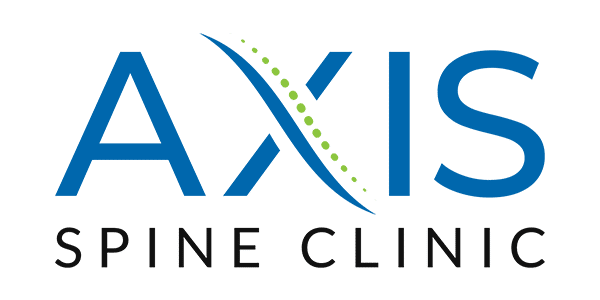Lower back pain is a common condition that affects millions of people worldwide. Fortunately, there are several treatment options available to help alleviate lower back pain and get you back to your daily activities.
Common Causes of Lower Back Pain
Lower back pain can be caused by numerous factors:
- Muscle or ligament strain is the most common cause of lower back discomfort. It is usually due to overuse or incorrect lifting techniques.
- A herniated disc is a spinal condition. The soft inner material of the disc pushes through its tough outer layer. This can press on nerves and cause pain.
- Spinal stenosis is a condition in which the spinal canal narrows, putting pressure on the spinal cord and nerves.
- Osteoarthritis is when the cartilage between the joints breaks down, causing pain and stiffness.
- Scoliosis is a curvature of the spine that can cause discomfort, especially if it is severe.
Treatments for Lower Back Pain
The treatment for lower back pain depends on the underlying cause of the pain. The pain can often be managed without aggressive treatments. For example, physical therapy, acupuncture, chiropractic care, massage therapy, and injections may be used.
If you’re in pain and these measures are ineffective, your doctor may suggest imaging tests, like an MRI or CT scan. This will help determine the cause of the pain. In some cases, surgery may be necessary to relieve the pain and address the underlying condition.
Physical Therapy
Physical therapy is a non-invasive treatment that can help relieve your discomfort. It involves exercises and stretches that help strengthen the muscles in your back, improving your range of motion and reducing pain.
A physical therapist can create a personalized treatment plan, which may contain exercises to increase strength in the core and lower back. Additionally, stretching can help improve flexibility. Manual therapy can reduce muscle tension and improve joint movement.
Acupuncture
Acupuncture is a form of alternative medicine that involves inserting thin needles into specific points of your body, and it is effective in relieving back pain. It works by reducing inflammation, improving blood flow, and promoting the release of endorphins, the body’s natural painkillers.
Chiropractor
Chiropractic care is a non-invasive treatment option. It focuses on the diagnosis, treatment, and prevention of musculoskeletal disorders. Chiropractors use manual manipulation techniques to adjust the spine and improve joint mobility, relieve muscle tension, and reduce inflammation.
Massage
Massage therapy involves the manipulation of the soft tissues in your body to improve circulation, reduce tension, and alleviate tenderness. A massage therapist can also create a personalized treatment plan to include techniques such as Swedish massage, deep tissue massage, or trigger point therapy.
Injection(s)
Injections, such as epidural steroid injections or nerve block injections, may be used to alleviate lower back pain. They are typically given in the space around the spinal cord or nerve roots and can provide temporary pain relief.
MRI
Magnetic resonance imaging (MRI) is another non-invasive procedure. It uses a powerful magnet and radio waves to create detailed images of the body’s internal structures, including the spine.
An MRI scan offers detailed insight into spinal discs, nerves, and adjacent tissue, making it a valuable tool for diagnosing lower back pain.
CT Scan
A CT scan is a diagnostic imaging procedure that can be used to evaluate the spine. This allows the care team to identify potential sources of lower back suffering.
A CT scan uses a series of X-rays to create detailed cross-sectional images of the body. CT scans can provide more detailed information about the spine than MRIs. This makes it an effective tool for diagnosing conditions such as herniated discs or spinal stenosis.
Pain Releiving Surgery Types
Several types of back surgery may be recommended for the treatment of lower back pain:
- A lumbar laminectomy is a medical procedure involving the removal of part of the bony arches of the spine. This is done to reduce pressure on the spinal cord or nerves.
- A discectomy is a procedure that removes part or all of a herniated disc to relieve pressure on the spinal cord or nerves.
- Spinal fusion is a procedure that fuses two or more vertebrae to stabilize the spine.
- Artificial disc replacement is a procedure to replace a damaged or diseased spinal disc with an artificial disc.
Back Surgery Recovery Time
If conservative treatments for your back discomfort fail to provide relief, surgery may be recommended. The recovery time following back surgery can vary depending on the type of surgery performed and the patient’s overall health. Generally, recovery from back surgery can take several weeks to several months.
Relieve your pain.
Are you experiencing back pain? Schedule an appointment with Dr. Berg. We will create a customized treatment plan to help you.
